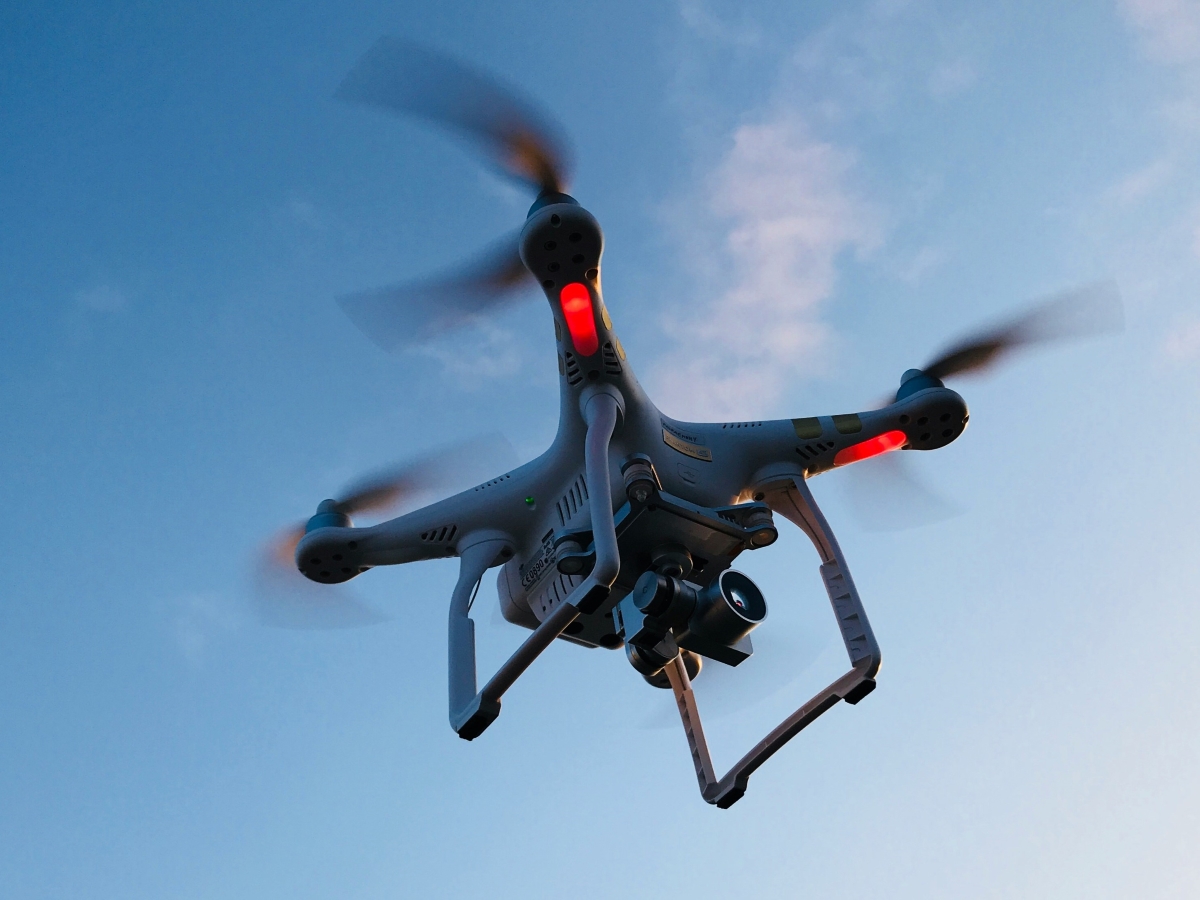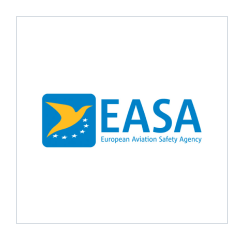Update the acceptable means of compliance and guidance material to Regulation (EU) 2019/947 on the rules and procedures for the operation of unmanned aircraft systems to maintain a high level of safety for those operating in the open and specific categories.
This NPA introduces and amends some means of compliance (AMC) and guidance material (GM) to Regulation (EU) 2019/947 as explained below:
- New AMC and GM for the standard scenarios (STSs) and the definition of ‘geographical zones’.
- Revised forms for the application and issue of operational authorizations in the ‘specific’ category;
- New AMC defining the procedure to be applied by UAS operators and the competent authorities for cross-border operations, including the related forms;
- New AMC to comply with the mitigations requirements and meet the operational safety objectives (OSOs) that are defined in the specific operations risk assessment (SORA);
- New AMC that provides training modules for remote pilots that operate in the ‘specific’ category and
- The AMC will be revised following feedback received from national aviation authorities and UAS. Operators.
The AMC and GM for the geographical zones are the UAS Geographical Zones Task outcomes.

Both the amended and the new AMC and GM are expected to maintain safety regarding UAS operations in the ‘open’ and ‘specific’ categories and increase the harmonization of UAS operations across the European Union by providing a consistent and correct interpretation of the regulatory material.
These amendments and introductions of AMC and GM of the Regulation 2019/947 have been made due to several circumstances:
- Stakeholders gave feedback and requested the development of an AMC describing the approval process for cross-border UAS operations, the application form, and the form to be used by the competent authority for confirmation that the operation may take place.
- Regulation (EU) 2020/639 introduced the first two standard scenarios (STSs), for which new AMC and GM need to be developed.
- Two new AMCs were introduced to develop an emergency response plan (ERP) and operational procedures with a medium and high level of robustness.
- Some EASA Committee members were concerned about the impact of the implementation of Article 15 on ‘operational conditions for UAS geographical zones’ and its relationship with the requirements of SERA (Standardised European Rules of the Air), the International Civil Aviation Organization (ICAO) Annex 2, as well as with the present aeronautical information management / aeronautical information service (AIM/AIS) regulatory system in the air traffic management/air navigation services (ATM/ANS) domain. Those members requested, among other things, that the data resolution needed for the publication of the UAS geographical zones be clarified and the standard vertical reference system used for data definition.
- EASA needs to develop new training modules to be used by UAS operators when defining the competence of remote pilots that operate in the ‘specific’ category.
- Based on the feedback received from the EASA Member States, some AMC and GM were improved, and new ones were introduced to provide for a uniform interpretation and harmonized implementation of the rules.

Source: EASA
The latest in Regulations
European regulations for drones: Class marking for 2024
European regulations, via EASA’s Delegated Regulation (EU) 2019/945, now mandate Class Identification Labels for unmanned aircraft systems.
EU Regulation 2021/1166: Postponing UAS standard scenarios
Learn about the amendments introduced by EU Regulation 2021/1166, postponing standard scenarios for UAS operations.
Enhancing UAS safety with Proposed Amendment 2021-09 by EASA
Learn how EASA’s Proposed Amendment 2021-09 aims to UAS safety operations across the EU.




